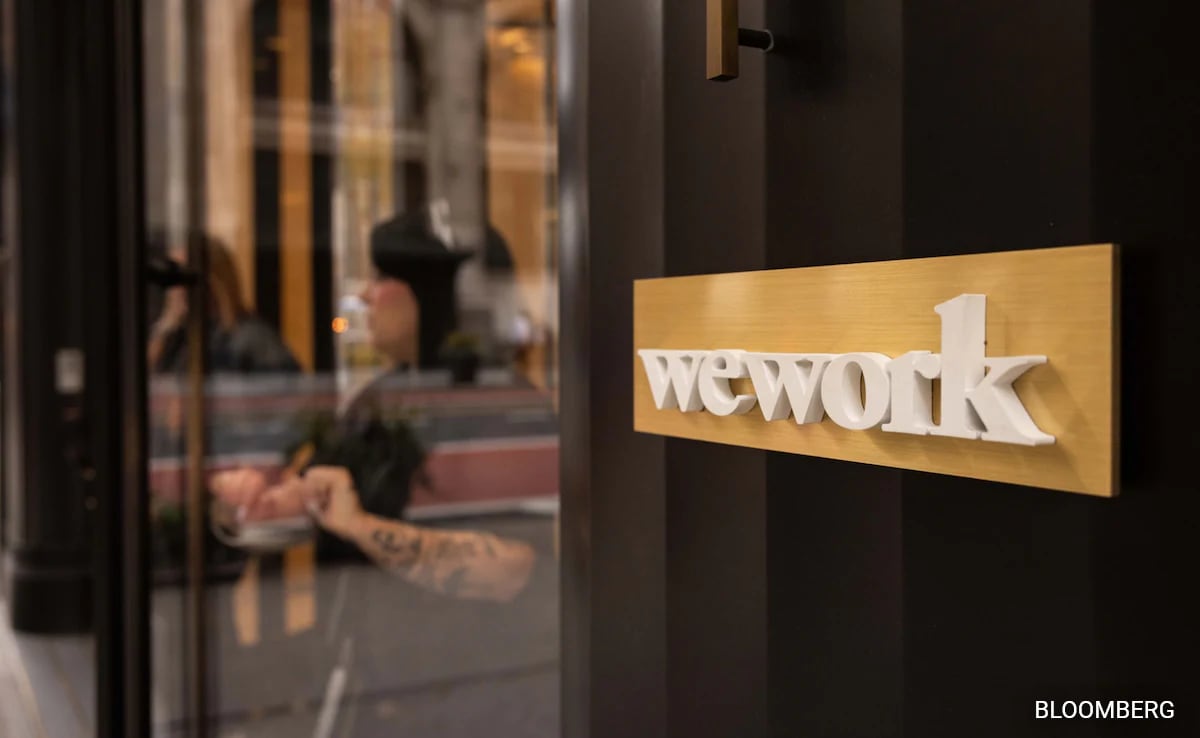
WeWork’s current plan calls for its equity to be canceled.
The odd trend of investors piling into the shares of bankrupt companies continued this week when WeWork Inc. jumped 92% on Wednesday, the day it started trading after seeking protection from its lenders.
The shared office-space firm that made Adam Neumann famous and a billionaire has seen its market value plunge from $47 billion to less than $100 million – and even that last bit will almost surely be wiped out as the company restructures its debt load of more than $4 billion. But that didn’t stop speculators from scooping up the stock in droves on Wednesday, the first day it traded after the company filed for Chapter 11 on Monday, driving the share price as high as $1.69, a 102% increase from where it closed Friday before the filing hit. Volume topped 8.5 million shares.
The stock is trading lower on Thursday afternoon, just above $1.30, almost 20% off from Wednesday’s close. But that’s still more than those shares will likely be worth before long. WeWork’s current plan calls for its equity to be canceled, as is true with the vast majority of bankruptcies.
While it may seem like a peculiar strategy, taking a flyer on a bankrupt company is becoming increasingly in the stock market.
“Bounces in bankrupt companies have gone from bizarre to routine,” said Steve Sosnick, chief strategist at Interactive Brokers.
Perhaps the most famous example is Hertz. Back in 2021, the company’s shares swung dramatically in the first over-the-counter trading session after the car rental giant emerged from bankruptcy.
Social media has played a significant role in fueling the rallies in some of the most beaten-down names. Shares of companies like Revlon, AMC Entertainment and GameStop Corp. have taken off after hype spread on social media. WeWork is no different, Sosnick said.
No Layup
“At a simple level, one can assert that it’s ‘sell the rumor, buy the news,’ as it was well-telegraphed that [WeWork’s] bankruptcy was coming,” he said.
Obviously part of the appeal of buying a bankrupt company’s stock is it looks like a layup short bet. However, the cost to borrow is extremely high and expensive to maintain, Sosnick said. And what’s worse, there’s nothing to prevent the rate from going higher, leaving the short seller hoping to make a dollar while funding an expensive borrow with a terrible risk-reward, according to the strategist.
So, as traders snap up those cheap shares, there’s still a chance they could lose much of what they spent in the end.
“I don’t think people fully understand bankruptcy and what that entails for an investor,” Kim Forrest, chief investment officer at Bokeh Capital Partners said. “It’s uncertain that what is trading now is actually going to continue to trade.”
Still, WeWork isn’t the stock market’s first post-bankruptcy rally, and it almost surely won’t be the last.
“As long as there are buyers willing to play musical chairs with the stock, hoping to trade it from the long side for a profit until the shares are delisted after being declared truly worthless by the bankruptcy court, we’ll see this type of behavior,” Sosnick said.
(This story has not been edited by NDTV staff and is auto-generated from a syndicated feed.)




